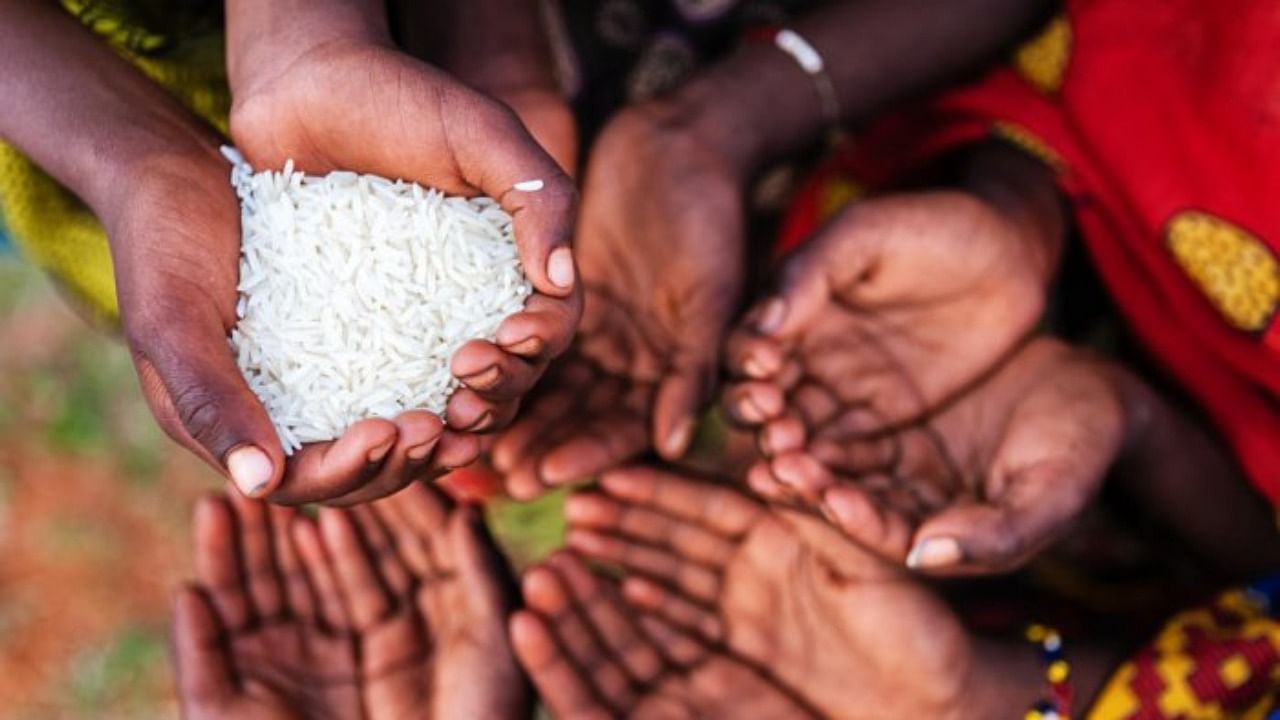
Karnataka has a significant number of malnourished children, according to government data, even though a Niti Aayog report noted that 20 out of 30 districts showed a declining prevalence of the problem.
As per data released by the state government outside of the Niti Aayog report, there were 3,47,051 moderately malnourished children and 7,908 severely malnourished children in the state till the end of August 2021, of which 5,828 and 159 children, respectively, were in Bengaluru Urban.
While the government says that these numbers are lower than numbers found in 2019 (when 9,544 severely malnourished children were registered), experts noted that the pandemic had also interfered with the identification and registration, a situation that is only now being reversed.
“Many mothers and children were not coming to the hospital for checkups during the the pandemic, so the number of malnourished cases being registered dropped. The situation is now improving,” said Dr Geetha Shivamurthy, Medical Superintendent of Vani Vilas Hospital.
“However, while we have a good idea of the scale of the problem in Bengaluru, outskirts are a gray area,” she added.
Other experts said the state lost the plot on malnutrition during the pandemic because anganwadi workers were deputed to vaccination-related activities especially in rural areas.
“This diversion of anganwadi workers will take a toll on children in the years to come because many have been deprived for nearly one and a half years of proper nutritional support,” said a source from the United Nations Children’s Fund (Unicef).
Another expert flagged the issue of immunisation being hit, which she said will lead to “aggravate” malnutrition.
“During the pandemic, routine immunisation was affected. Increased incidence of vaccine-preventable diseases will in turn aggravate malnutrition. We are expecting a surge in kwashiorkor, marasmus, night blindness and rickets,” said Dr Sylvia Karpagam, a public health
activist.
Dr Asha Benakappa, Head of the Department of Paediatrics, Chandramma Dayananda Sagar Institute of Medical Education and Research, pointed out the issue of take-home rations that were being handed out during the pandemic not being sufficient.
“There were reports that take-home rations were eaten by all members of the family and not enough went to the child or the mother,” she said.
A government official acknowledged the problem but said a solution was in the offing soon.
“The anganwadis will once again open from November 8, as per TAC recommendations, and we can resume hot meals,” said Uma Mahadevan, Principal Secretary to the state government.
Watch latest videos by DH here:
